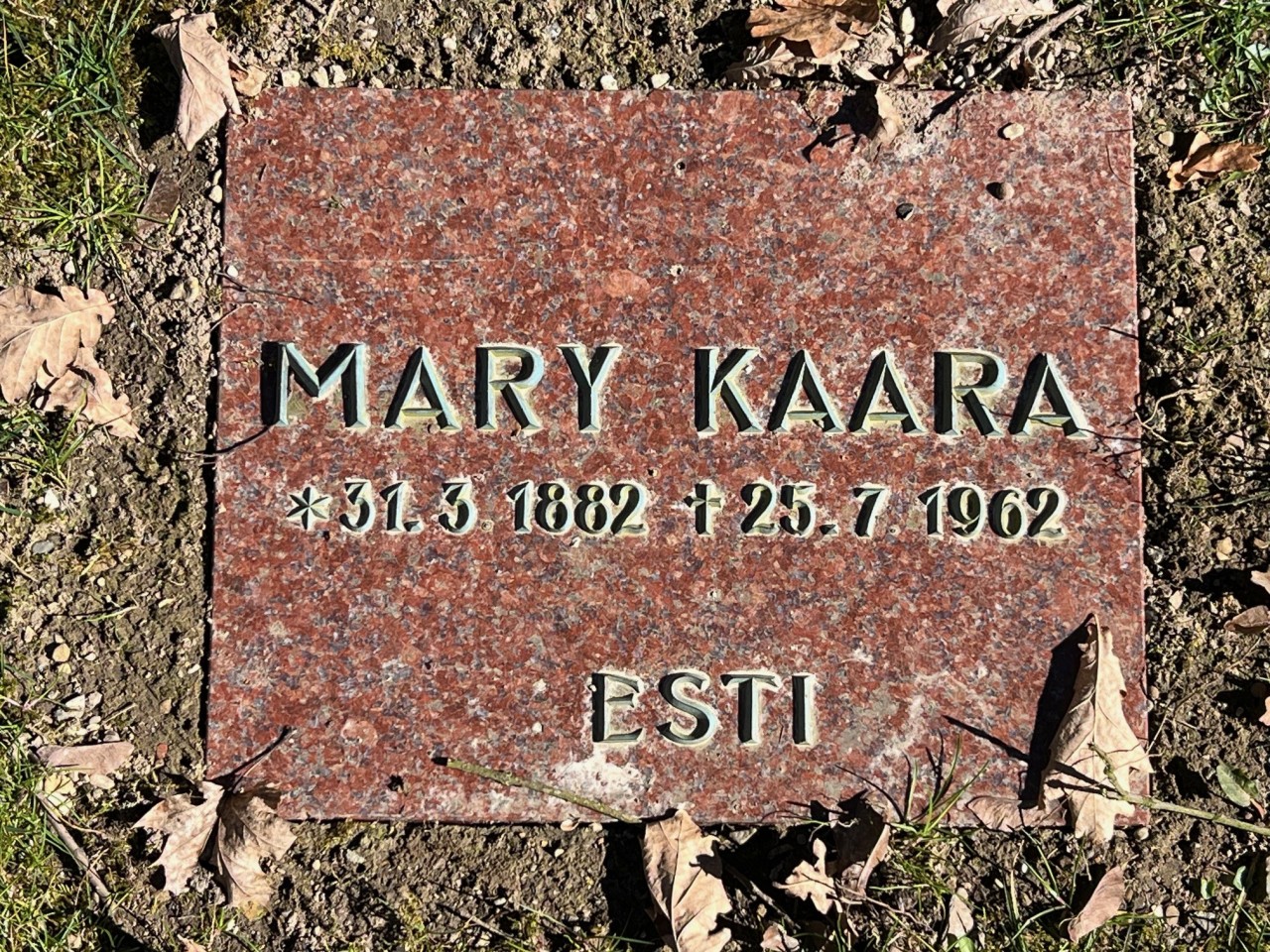Rotary St@dttour Springe
Estonian Graves
The so-called “Estonian Graves” in the old Springe Cemetery are a memorial for Displaced Persons. These graves are for 62 people from the Baltic states (44 Estonians, 3 Lithuanians, 2 Latvians, and 13 Germans). World War II and its consequences led these people, in a true "odyssey" to Springe into a retirement home operated by the German Red Cross in 1960. Since then, all 62 people have died there in the following decades and were buried in this cemetery. None of them have any relatives or descendants in Springe, as, with the exception of one, they were all over 60 years old when they arrived here. The city of Springe (in cooperation with the Evangelical Parish) created this memorial to commemorate these people and their fate.

more informations
On the day of Germany´s liberation in May 1945, not all those who had been displaced by the war and being far from their homeland, were able to return home. In particular, those whose homeland had been conquered and now controlled by the Soviet Union did not want to return and remained in Germany. The number of these people, referred to in Allied parlance as "Displaced Persons" (DP) amounted to approximately 600,000 in July 1947.
A special group were the refugees from the Baltic states (Lithuania, Latvia, Estonia). These states were conquered by the Soviet Union in 1940, in accordance with the agreements of the Hitler-Stalin Pact (1939). Some Lithuanians, Latvians, and Estonians joined the resistance against the Soviet occupation, hoping to regain their national independence. When Hitler invaded the Soviet Union in 1941, the Baltic resistance fighters supported the German troops and, to some extent, the Waffen-SS. In 1944, the victorious Red Army reconquered the Baltic states, among others, and many Balts fled to Germany with the Wehrmacht. It is estimated that approximately 200,000 of the so-called "Displaced Persons" (homeless war refugees) from the Baltic states lived in Germany as a result of the war.
From 1950 onwards, the German authorities were responsible for these people, who were listed as "stateless foreigners", and the aim was to create living space for them. Initially, former barracks were used for this purpose, where these people had to live two to a room of 18m². Emigration to the UK or the USA was only possible for young "Displaced Persons" – the "older" ones stayed and some took on German citizenship. Initially, they were housed in the naval barracks near Varel (Friesland), among other places. With rearmament from 1955 onwards, the barracks were again needed for military purposes, so the 62 "Displaced Persons" from Varel finally came to Springe in 1960 and stayed here until they passed away.






